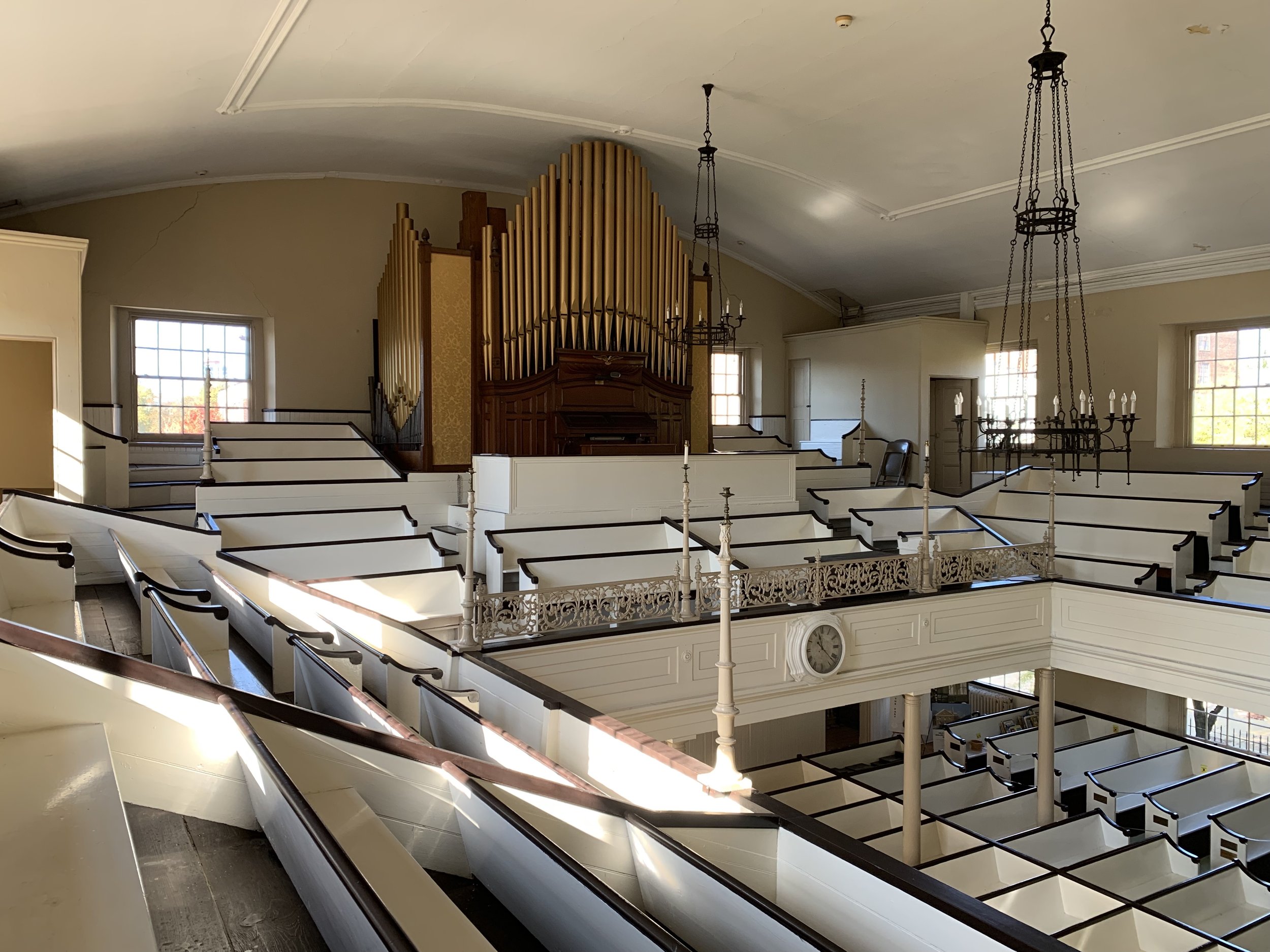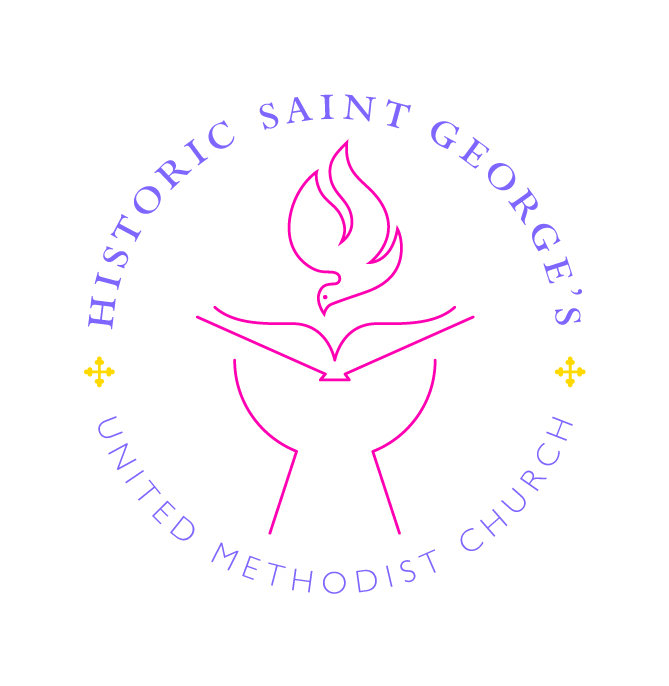
The Great Walk Out
In 1794 (date disputed), Black members of St. George’s walked out during services in protest to poor treatment from certain white members. Below is Richard Allen’s recollection of the events, taken from his memoir The Life, Experience, and Gospel Labours of the Rt. Rev. Richard Allen, published in 1833.
“A number of us usually attended St. George’s Church in Fourth street; and when the coloured people began to get numerous in attending the church, they moved us from the seats we usually sat on, and placed us around the wall, and on Sabbath morning we went to church and the sexton stood at the door, and told us to go in the gallery. He told us to go, and we would see where to sit. We expected to take the seats over the ones we formerly occupied below, not knowing any better. We took those seats. Meeting had begun, and they were nearly done singing, and just as we got to the seats, the elder said, “let us pray.” We had not been long upon our knees before I heard considerable scuffling and low talking. I raised my head up and saw one of the trustees, H-- M--, having hold of the Rev. Absalom Jones, pulling him up off of his knees, and saying, “You must get up--you must not kneel here.” Mr. Jones replied, “wait until prayer is over.” Mr. H-- M-- said “no, you must get up now, or I will call for aid and I force you away.” Mr. Jones said, “wait until prayer is over, and I will get up and trouble you no more.” With that he beckoned to one of the other trustees, Mr. L-- S-- to come to his assistance. He came, and went to William White to pull him up. By this time prayer was over, and we all went out of the church in a body, and they were no more plagued with us in the church.
“This raised a great excitement and inquiry among the citizens, in so much that I believe they were ashamed of their conduct. But my dear Lord was with us, and we were filled with fresh vigour to get a house erected to worship God in. Seeing our forlorn and distressed situation, many of the hearts of our citizens were moved to urge us forward; notwithstanding we had subscribed largely towards finishing St. George’s Church, in building the gallery and laying new floors, and just as the house was made comfortable, we were turned out from enjoying the comforts of worshiping therein. We then hired a store room, and held worship by ourselves. Here we were pursued with threats of being disowned, and read publicly out of meeting if we did continue worship in the place we had hired; but we believed the Lord would be our friend. We got subscription papers out to raise money to build the house of the Lord. By this time we had waited on Dr. Rush and Mr. Robert Ralston, and told them of our distressing situation. We considered it a blessing that the Lord had put it into our hearts to wait upon those gentlemen. They pitied our situation, and subscribed largely towards the church, and were very friendly towards us, and advised us how to go on. We appointed Mr. Ralston our treasurer. Dr. Rush did much for us in public by his influence. I hope the name of Dr. Benjamin Rush and Mr. Robert Ralston will never be forgotten among us. They were the two first gentlemen who espoused the cause of the oppressed, and aided us in building the house of the Lord for the poor Africans to worship in. Here was the beginning and rise of the first African church in America.”
